The Week in Meep: Opera!, More Opera!, and Some Gorey Details
There is a sale on at the Wadsworth Atheneum - check it out
It’s been a rough few weeks with my son Diarmuid, which is why the writing has been light. I have been working on beefing up more on the supposed Social Security fraud (and I know that will be an ongoing issue… so watch out!), but that will take a little time.
In the meantime, let us have some fun.
Opera Books!
Thanks to Judy in Arizona for sending me opera books — yes, you may think books on opera are a bit beside the point, but having some context helps you enjoy opera more.
Let me tell you a little story about when I took Stuart to the Met in the 1990s. I had gotten cheap student tickets from NYU, and we sat waaaaay in the back. The opera of the evening was Rigoletto… I had heard of it, vaguely, and said to Stu, “It’s about a clown, I think… it must be a comedy.”
Yes, that’s what I said.
This was in my early days of attending opera, and I was unfamiliar with many of the core operas of the repertoire. Yes, Rigoletto has the most famous tenor aria ever, La donna è mobile:
Hell, if you heard that aria and knew what it was about, you might still think it was from a comedy.
I am not going to describe the plot — you can go here for that: Rigoletto synopsis at Wikipedia
Suffice it to say: it is NOT a comedy.
We walked out after the first act.
It’s about managing expectations, you see. It could have been the best singers in the world, but we were expecting a comic opera, and we got “That old man — he cursed me.”
For years, “That old man — he cursed me” was an inside joke between Stu & me … and it took me a long time for me to get Stu to ever watch Rigoletto. I do love the opera now, and my two favorite bits are the quartet and Sparafucile’s introduction.
You are not to go into an opera cold. Back in the day, even, most operas were not expected to be total surprises. The libretti were based on well-known stories — from novels, plays, folk tales, stock characters, etc. In general, there were no surprises in the plot.
Verdi based three of his operas on Shakespeare: Macbeth, Otello, and Falstaff — the first two were fairly straightforward operatic adaptations. Falstaff was an amalgamation of The Merry Wives of Windsor with some of Falstaff’s lines from the history plays. You would be expected to know the first two would be tragedies with Macbeth and Ot(h)ello facing their downfalls (with other characters dying/being murdered, and Falstaff would definitely be a comedy.
Falstaff is my favorite Verdi opera, by the way. Because it ends in a fugue. (Ok, that’s not the only reason.)
If you go to an opera, even if you don’t read the synopsis before you go, once you get the program, there will be something in there, so READ IT.
There can be surprises in the opera, and even a few plot-related surprises, but you’re not supposed to be surprised as to whether it’s going to be a comedy or tragedy. And for complicated plots, you are supposed to read the synopsis ahead of time.
Because opera is about the music.
You want to be able to concentrate on that.
More Opera!
Thanks to Max von Side-Eye for this recommendation of this podcast with Dana Gioia on his recent book: Weep, Shudder, Die - On Opera and Poetry
I gifted the book (in Kindle form) to a composer friend I thought would enjoy it.
First Things also had Dana Gioia on to discuss his book:
I enjoyed the interviews. As I remarked to Max, Gioia didn’t tell me anything I didn’t already know about opera, but it helped me to organize some thoughts. I liked the analysis of Sondheim.
Some Gorey Details
Back in 2018, the Wadsworth Atheneum had a special exhibit on Edward Gorey.
I went.
The exhibit was mostly of Gorey’s artwork, of course, but an interesting aspect of Gorey was that he collected art himself (from which some of his inspiration derived) and bequeathed it to the Atheneum.
[emphasis added]
For more than 50 years, Edward Gorey’s spare pen and ink drawings illustrating tales of hapless children, kohl-eyed swooning maidens, and whimsical creatures have delighted and amused audiences. Gorey’s Worlds is the first museum exhibition to explore the artistic inspiration of the famed American artist and author by presenting his personal art collection alongside art of his own creation.
Gorey’s Worlds is centered on his personal art collection, which he chose to bequeath to the Wadsworth Atheneum Museum of Art, the only public institution to receive his legacy. Gorey held the institution in high regard for reasons including a shared connection to the ballet and famed choreographer George Balanchine, whose histories date back to 1933 at the Wadsworth Atheneum. When Gorey lived in New York City, he attended nearly every performance of the New York City Ballet under Balanchine’s direction from 1953-1983, and he frequently stopped in Hartford when traveling between the city and his Cape Cod house in Yarmouth Port.
This pioneering exhibition explores Gorey, his work, and the artists Gorey admired and collected. Works range in style, era, and media—from 19th-century prints and drawings to contemporary art from the 1970s and 1980s. Through 73 works on paper by Édouard Manet, Charles Meryon, Eugène Atget and Albert York and others, as well as anonymous folk art, visitors will step into Gorey’s imagination by viewing the art he collected alongside his own sketches, drawings, prints, and art books. Rarely seen portraits and personal effects, such as his distinctive fur coats and metal jewelry, further bring Gorey himself to life.
When I was a grad student at NYU, I took advantage of all the free tickets to the off-off-Broadway shows, and there were two I remember fondly, about Gorey.
One was called The Gorey Details. [the description below is from 2000]
Edward Gorey's whimsical approach to murder, suicide, fatal illnesses and lavish funerals is on full display in "The Gorey Details." A compilation of macabre skits and songs derived from the late illustrator-writer's work (Gorey died at 75 in April), with music by veteran orchestrator Peter Matz, the show is being billed as a "musicale." It was previously presented under the title "Amphoragorey" at the Provincetown Repertory Theater. Fans will love every crosshatched detail, right down to the Gorey homage that puts all the actors in sneakers (the author's preferred form of footwear). Others may wonder if the costume designer simply ran out of money, and what the hell Q.R.V. stands for.
I can’t remember if this one, or the other, involved Gorey’s fur coat collection.
I’m pretty sure this one involved the Yip-Yop.
The reviewer didn’t like this:
Martha Bromelmeier’s costumes are wittily overstuffed, but the sneakers don’t help here. Under Daniel Levans’ direction, the actors are also hampered when they camp it up as though “The Gorey Details” were a school production rather than a professional one.
I understand it was easy for me to enjoy the show as I didn’t pay $45 for a ticket. It was completely free for me. I assume the reviewer also saw it for free.
But he was probably jaded from all the shows he had to see. I bet he didn’t enjoy Bat Boy: The Musical, either.
Some of us like camp theater, dammit.
But back to the art exhibit in 2018. Here are a few other of my pics at the time.
Whoa! There’s a sale on the catalog from the exhibit!
Excuse me while I buy this before I post it for the rest of y’all to see…. [bought… and some other exhibit catalogs on sale]
Enjoy!

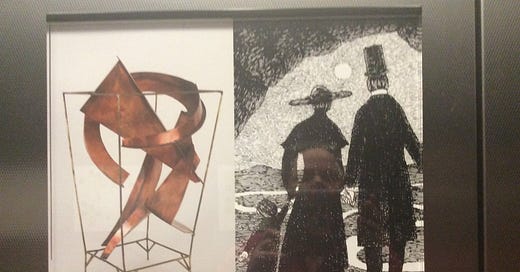


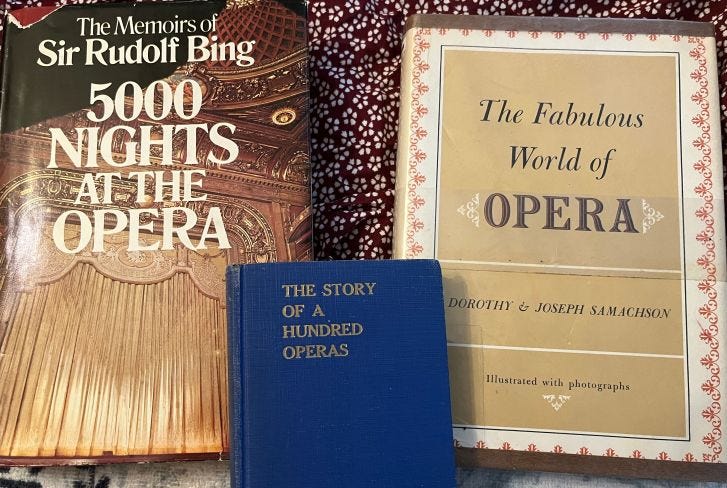
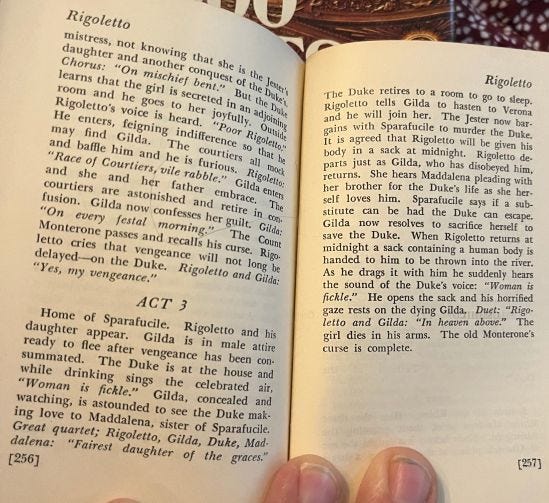


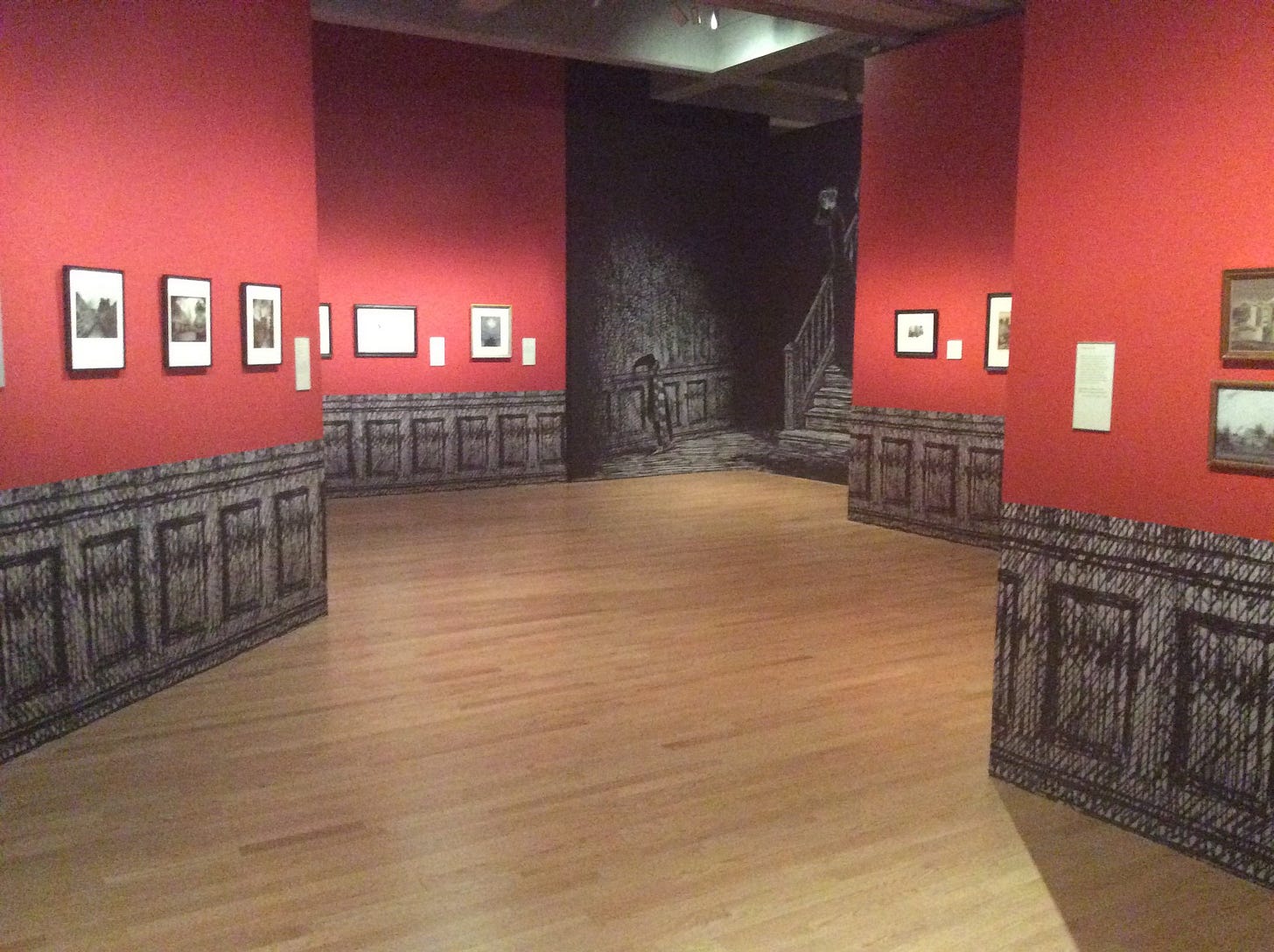
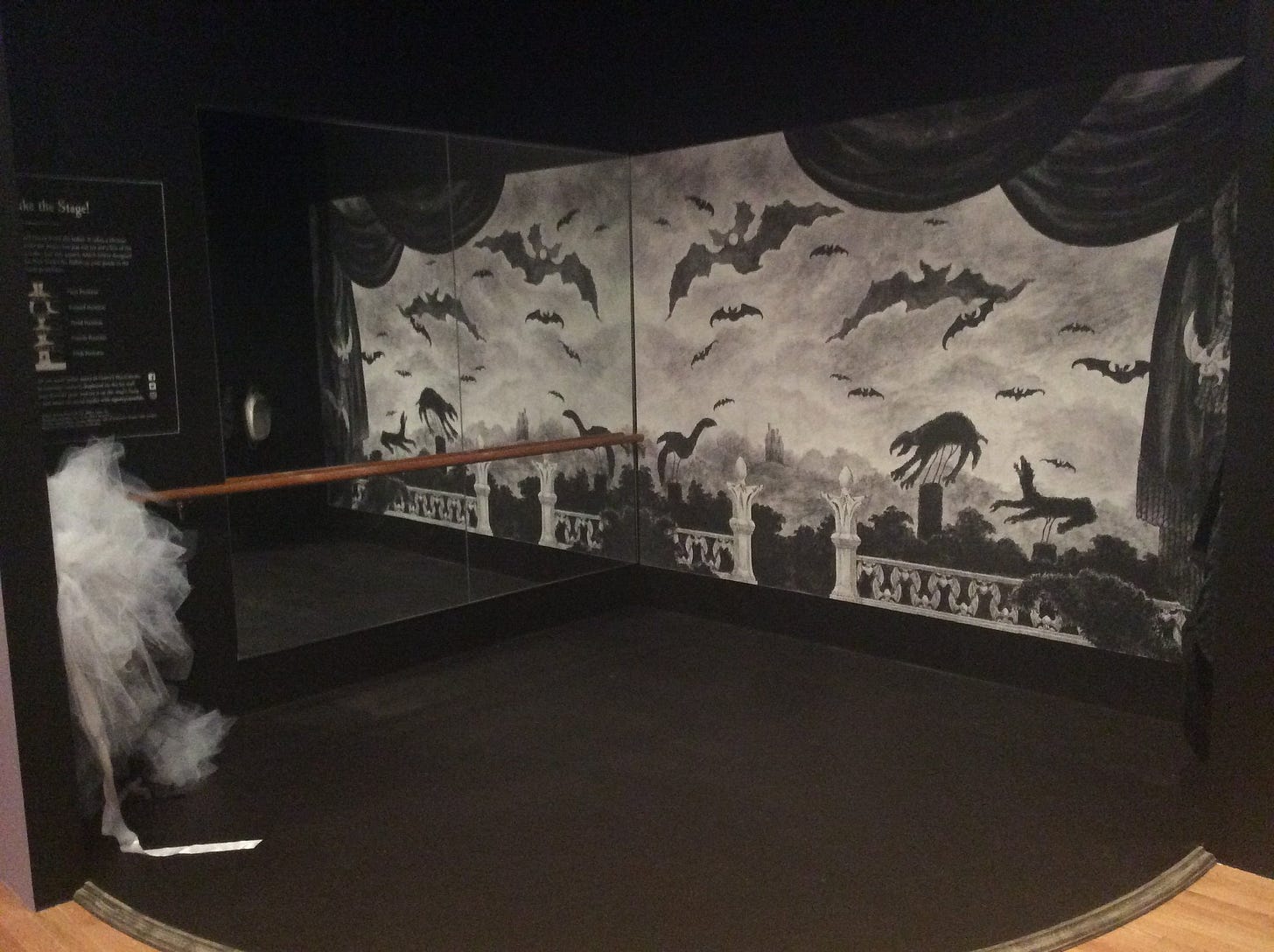
At $10 on sale, that Gorey book is a steal!